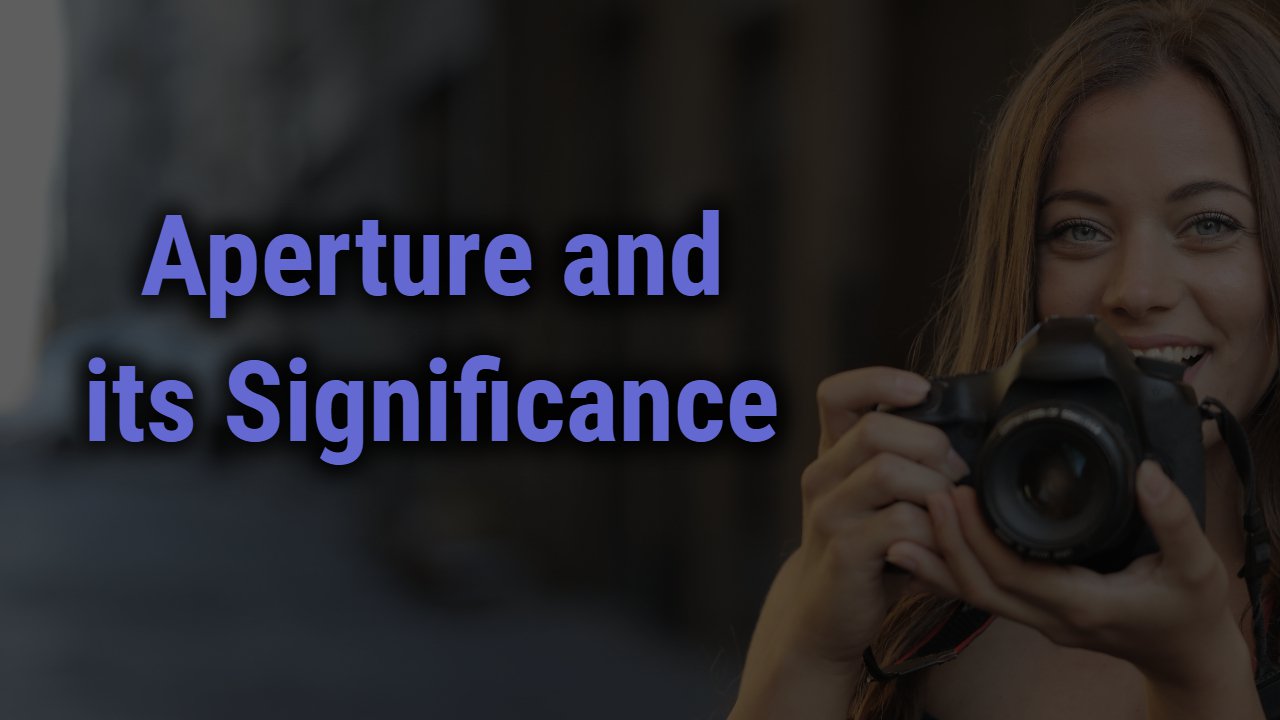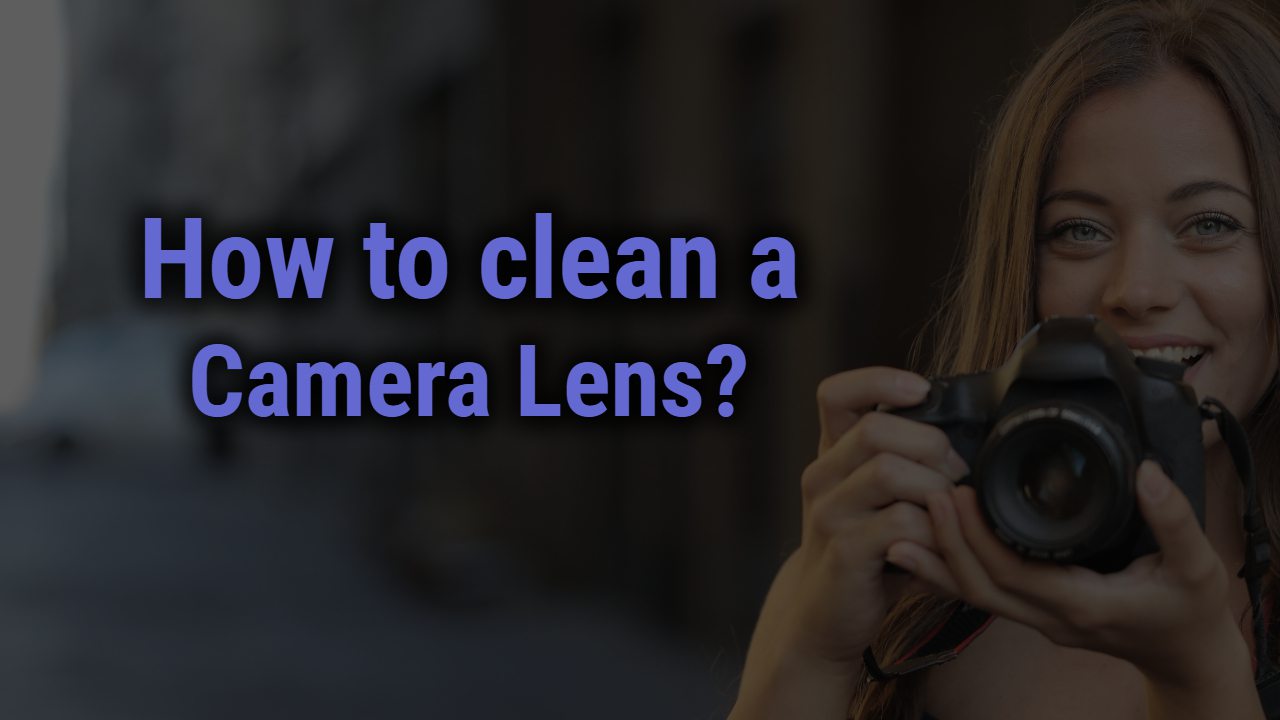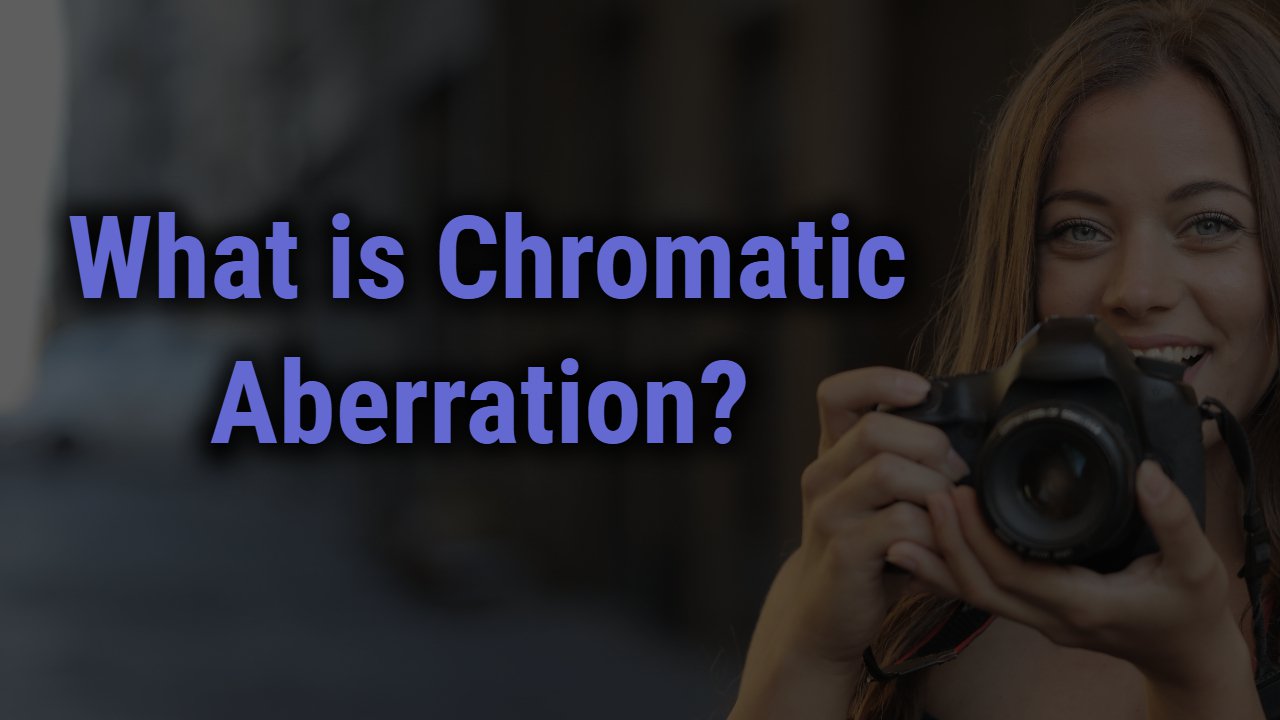Photography is the most creative way of framing the world from your perspective, but professional photography might be tricky sometimes. Understanding a few essential terms might be the key step in becoming a skilled and pro filmmaker, terms as aperture.
Aperture is one of the most crucial pillars of professionally flawless photography. It’s essential where all the magic of creativity begins. So, it would be more than amazing to have the proper knowledge of aperture handles and controls.
This in-depth article gives you the chance to know every inch of aperture details, including what it does to photography, how to manage it, and its various examples. Every vast knowledge is required to master the aperture setting the next time you hold the camera. So let’s dive in, starting with the basics, what is aperture?
This Post Contains
What is Aperture?
The aperture is the core, where the magic of filming begins; it is one of three fundamental camera settings that keep pace with proper exposure and sharpness in the image. The aperture is basically the opening in the lens that allows passing the light to the sensor, eventually hitting your photos brightly.
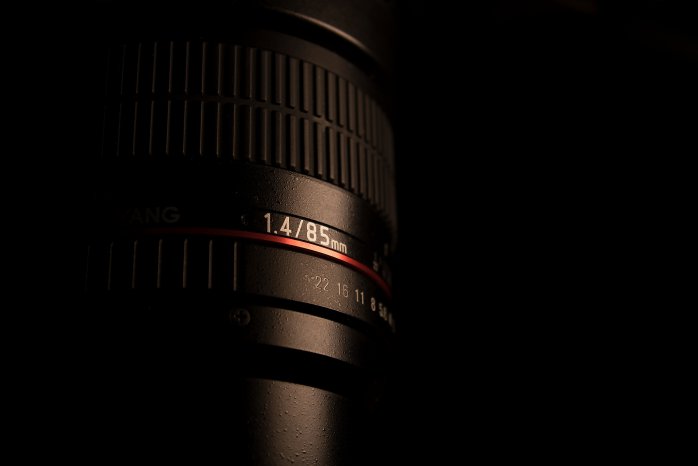
Aperture representation– So, there’s a way when you precisely look inside a lens, you clearly see a small hole or opening configured in its infrastructure; this opening signifies the aperture. Figuring the right aperture is necessary for shooting sharp imagery, and the amount of aperture can be known by its design. If the opening inside the lens opens up wide, the maximum amount of light will be received in the frame, but if the opening is narrower, the lesser quality light enters the camera. You can control the amount of light by adjusting F-stop.
Aperture measurement– Aperture, in general, refers to the opening of the lens’ diaphragm from which the light can pass. The aperture is measured via F-stop, where F is the focal length fraction. Some of the basic aperture examples are F/1.4, F/4, F/8, or f/16. Here the lower aperture, F/1.4, provides a vast amount of aperture while the higher F/16 provides a smaller aperture.
What is a different framed aperture?
The amount of light entering the camera lens to broadcast clarity is ultimately categorized into a different category that is, also known as the aperture type. There are two majors of them known worldwide.
Large Aperture – Subjecting the name, the large aperture is when the diameter in the lens opens wide to provide the maximum light in the camera lens, managing the corner-to-corner illumination in low-light images. The large aperture is also called Low ranging because it has the lowest F-stop number with a general range of F/1.4 to F/4.
Small Aperture – The exact reverse, small aperture specifies the narrow opening of the lens blade. The smaller opening allows a lesser amount of lighting to keep pace with illumination during bright scenario shots. It’s called High ranging because the highest F-stop number ranges from F/16 to F/22.
Aperture affecting significant photography factor
Depth of Field – You might have already known that Depth of field is basically the distance in focus; now, the aperture has a pretty deep relation with the focusing and sharpness obtained in the image. With the vast DOF, you will experience a wide area in focus, while with a small DOF, you get a narrowed focus area. This works on the concept that the wider the aperture will be, the shallower or small depth of field you will get to experience.
Narrower aperture (Large F-stop number) = Larger Depth of field
Wider Aperture (Smaller F-stop number) = Shallow Depth of field.
Shutter speed – Shutter speed manages the motion and creative factors, but high or low aperture range also affects the shutter speed in a way. Using the High aperture (low F-stop) allows more light in-camera lens meaning the shutter doesn’t need to stay open to manage exposure, eventually leading to faster shutter speed. With reverse, using a low aperture (High F-stop) grants lesser light which states that the shutter needs to be open, causing the slower shutter speed.
Exposure – The balance of exposure in the image generally refers to the photo with not-too-dark and not-too-bright aspects. Aperture is a key factor that maintains this balance in the image, and that’s how they are interrelated. This aperture plays a significant role by keeping the aperture range narrow when shooting bright sunny or natural light scenarios, not exposing too much light. And managing the aperture bigger with dark, shadowy forest shooting to brighten up the surroundings.
Aperture major setting in the camera
Aperture setting might be the ultimate key to obtaining the sharpest, clearer and most professionally illuminated shot, but you have to be insightful with the camera aperture settings. The traditional method of setting the aperture is using the manual mode. Since the invention of digital photography, the aperture can be easily set electronically, Straightforwardly, by selecting a specific F-stop number. However, there are still a few cameras that require manual adjusting of the aperture through the buttoned infrastructure in the body. While the other model requires setting the aperture by moving the wheel dial at the front right top of the camera model. Four of the aperture-controlling techniques used in the modern era are
1. Fully Automatic Mode
2. Av and Tv Semi-Automatic mode
- Aperture Priority Mode
- Shutter Priority mode
3. Manual Mode
Aperture General effect on photography
Aperture and its creativity have literally no limits; there are tons of artistic seasonings it can add to the regular ordinary shot. From managing the brightness to maintaining the focus and blur, rightful aperture finds a way to upload sharpness shine within the individual shot. Aside from that, let’s count what other interesting things an ideal aperture can do in photography terms.
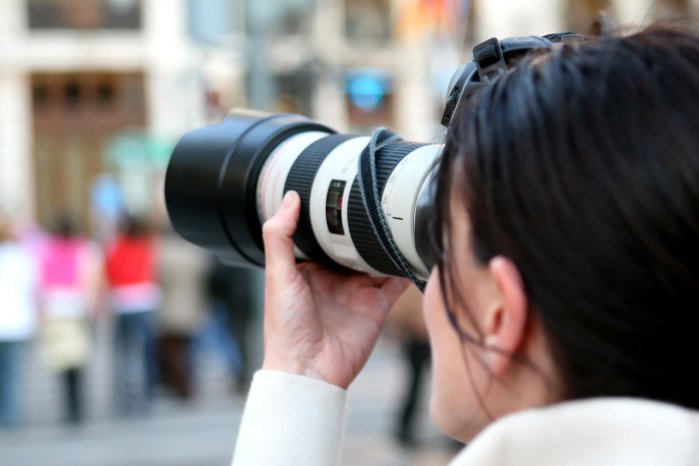
There are always two phases of the coin, so we are going to study the positive and negative impact of aperture on filming.
Positive effect of right aperture
- The balanced brightness and exposure in the imager
- The uniform sharpness throughout the shot
- Indulging starburst and other quality effects
- Balanced focus even in the low light
- Quality bokeh background in check
- Managing the artificial (Flash) lighting
- Better subject details and field of view
Negative effect of bad Aperture
- Lots of distortion and diffraction in the image
- Visible chromatic aberration in imagery
- The corner vignetting frequently occurring
- Lens aberrations and soft edges in imagery
- Out-of-Focus and unwanted elements in the frame
Aperture Impact on photo style
Till now, you have already been familiar with the fact how Aperture affects your photography by taking accountability for increased or decreased lighting in the photos. Understanding the aperture in the different styles of photography, let’s see what aperture range works in a different scenario.
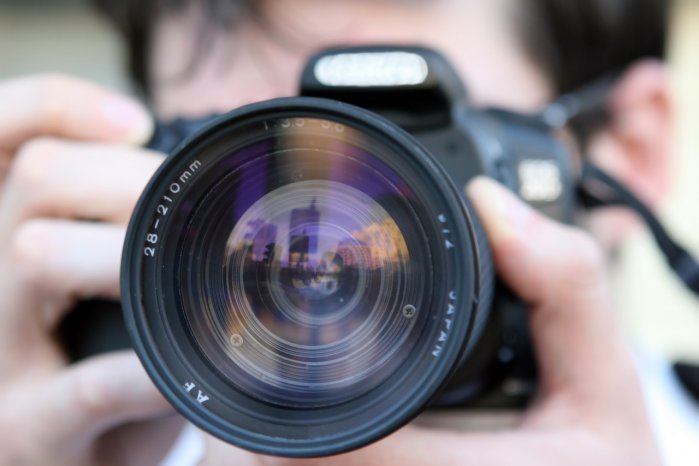
Landscape photography– Landscape photographers benefit the most from aperture creativity; they always prefer smaller aperture settings with a wider depth of field that ends up creating a vast view of the whole scenario with equal sharpness and lighting. The general range of aperture for landscape photography is F/8, F/11, and F/16
Portraits photography– Shooting portraits can be a real deal; with portraits, you have to carefully keep the subject perfectly in focus while the background sticks to blurry and clean to avoid disturbing the back. Portrait shots can be settled with the mid to large aperture with a shallow depth of field. The general range of aperture for portrait photography is F/2.8 to F/5.6
Macro Photography– Macro photography can be really tricky; Reports say some macro photographers use a large aperture that gives them the shallow depth of field with the greatest magnification. This also helps keep the background in a blur and the subject in focus. The general range of aperture for macro photography is
Night photography– Since the night and dark hour of shooting always faces the trouble of lack of clarity, the photographer must opt for a wide aperture with a small F-stop number to throw an adequate amount of illumination. The general range of aperture for night photography is F/1.4 to F/2.8.
Sports Photography– Sports photography usually includes the subjects moving at the intensely highest speed, which means there might be a need to freeze them at the moment. Thus, a Large aperture is to be put in use because the larger aperture means the widest opening and fastest shutter speed which the ultimate goal is freezing the moment. The general range of aperture for Sports photography is f/2.8 TO f/5.6
Wildlife photography – Like sports, wildlife photography also sometimes includes dynamic subjects, which states the fact that one should use a large aperture with the fastest shutter speed to get better perks in having the moment freeze while filming, whether it is any animal or scene. Therefore, the general range of aperture for Wildlife photography is F/5.6 to F/8.
Let’s wrap it up!
Summing things up, basically, the aperture is a turning point of photography, a concept of increasing or decreasing light into the frame to catch the sharp and illuminated glance of your subject in the most artistic way possible. The aperture has the power to manage light, blur from diffraction, the intensity of clarity, and other stuff and provoke the most unrivaled smoothness in an image.
So now you know how the aperture plays the master card in the game of pro-leveled photography; how the proper insight of the aperture is essential if you want to prove your competency in flawless photography that makes everyone around envious. So after learning, implement the productive ways of managing aperture in the filmography, and enhance the efficiency.

